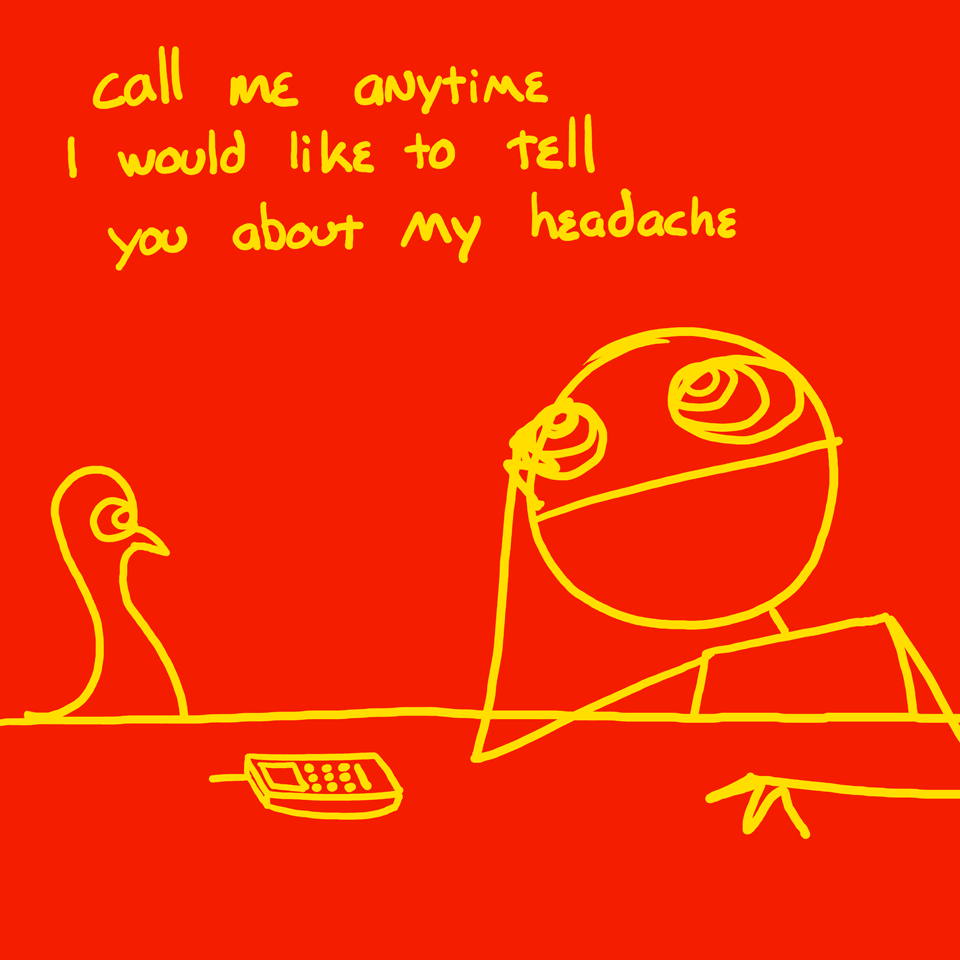

Lawyer Mariano Municoy says certain countries have chosen to apply 19th-century laws to regulate emerging realities, which means "we have to decide how such laws are applicable and what their limits are. While some wonder whether we are at all ready to process the constant innovations of our time, others insist technological change has been a constant of civilization. It was already prone to manipulation by the powers of the time, though then as now, debates pitting property and personal rights against creative freedom were not without their complexities. Art, he observed, was being democratized and made accessible, but was also losing authenticity and singularity. In 1936 (or 1935), Walter Benjamin wrote The Work of Art in the Age of Mechanical Reproduction, a reflection on how cinema and radio were changing people's experience and understanding of works of art. Still, a creator with the foresight to register his or her meme "can have incentives (and reason) to make claims in specific and documented cases of large-scale and profitable exploitation" of that work. Usage, he says, is impossible to control online for being "dispersed and massive" in scale. The second issue concerns usage, which Arballo says is "wild and natural" when a meme goes viral. The creator however acquires no rights over the image used in the meme and could not prevent other "memesters" from using it. In such cases, says Arballo, "the meme's author could even register it as his or her work, though ownership only applies to that particular version," he says. The meme's author could register it, though ownership only applies to that particular version, his own image, or to photograph." Memes may use works in the public domain, such as pictures of national figures, or previously obtain usage permission, which precludes problems. This can be objectionable to the person depicted in terms of. As habitually this does not happen, can oppose its spread and take legal action," if they see harm being done to their interests, he says.Īrballo says "Think of a photo made into a meme. Reuse of such material "should have the permission of the original rights holder. In principle, he says, memes are within the provisions of the Argentine Law 11.723 (governing intellectual property), for using material already subject to property rights (a company logo, for example). Argentine public law specialist and law professor Gustavo Arballo cites two parts to the ownership issue: the creator of the meme and those sharing them.


 0 kommentar(er)
0 kommentar(er)
